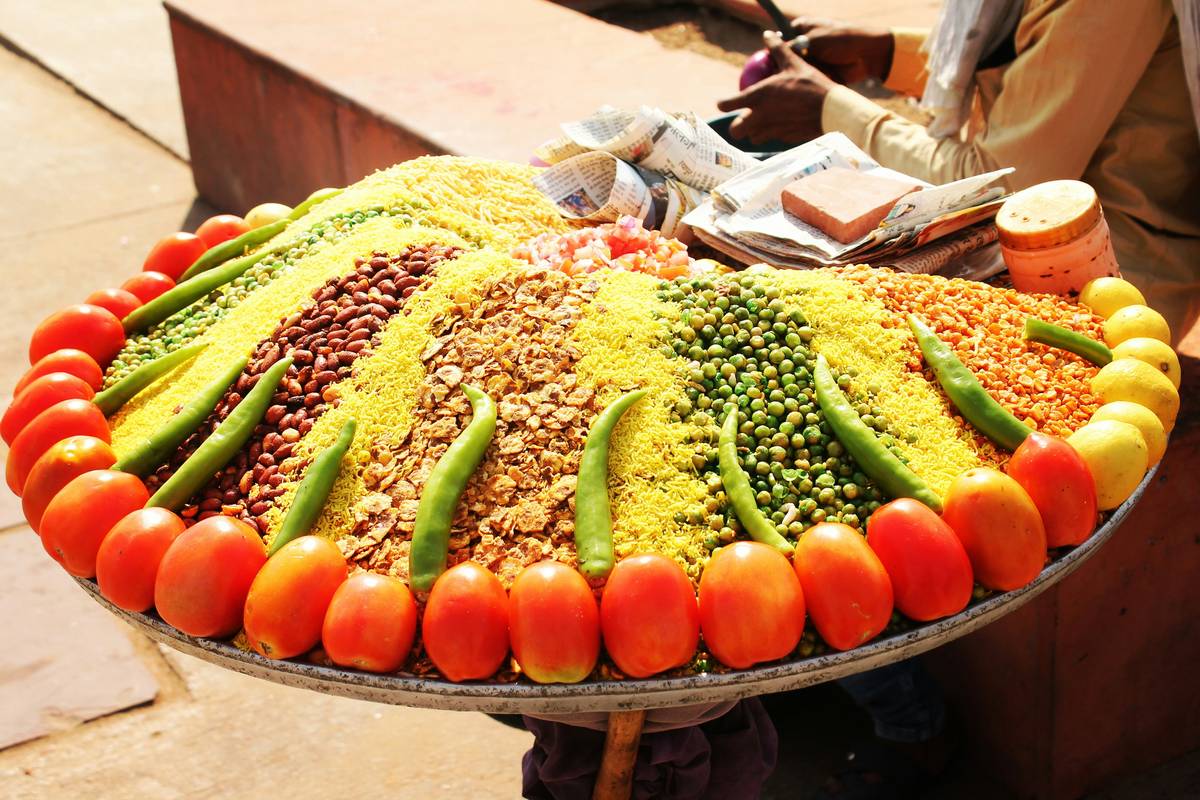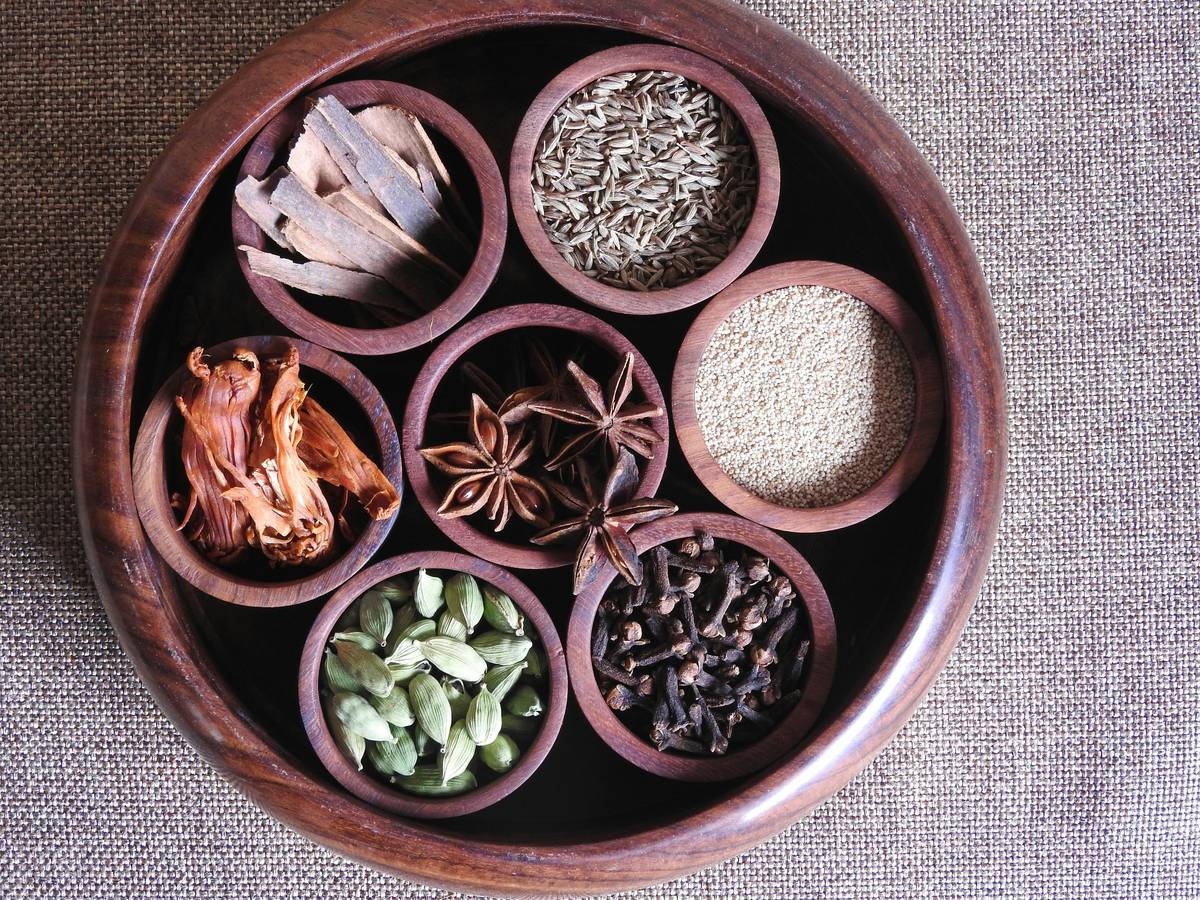Ever felt like every diet leaves you more confused than before? With keto here, intermittent fasting there, and a million fad diets screaming at us, it’s no wonder many of us are spinning our wheels. What if we told you there’s an ancient wisdom—rooted in balance and simplicity—that could guide your weight loss journey? Enter the power of ayurveda food chart. Let’s dive into how this holistic approach might just be the missing link to achieving sustainable health.
In this post, we’ll uncover what an ayurveda food chart is, why it’s effective for weight loss, actionable steps for creating one tailored to YOU, tips on implementation, inspiring real-life success stories, FAQs—and of course—a grumpy but totally honest rant about modern-day wellness trends. Buckle up!
Table of Contents
- Key Takeaways
- What Is an Ayurveda Food Chart?
- How to Build Your Ayurveda Food Chart
- Tips & Best Practices for Success
- Real-Life Examples of Ayurvedic Transformation
- Frequently Asked Questions (FAQs)
- Conclusion
Key Takeaways
- An ayurveda food chart aligns eating habits with individual doshas for optimal health.
- Ayurvedic principles focus on balance, digestion, and mindful eating—not deprivation.
- Tailor your chart by identifying your unique body type (Vata, Pitta, or Kapha).
- Consistency and small tweaks are key; perfection isn’t required.
- Includes seasonal adjustments, hydration tips, and detoxifying foods.
What Is an Ayurveda Food Chart?
Imagine having a personalized roadmap that tells you exactly which foods nourish your mind, body, and soul based on YOUR specific constitution. That’s what an ayurveda food chart offers! Derived from thousands of years of Ayurvedic tradition, these charts categorize foods according to their impact on Vata, Pitta, and Kapha, the three doshas believed to govern physical and mental functions.
“Ugh, another ‘diet’ trend?” Not so fast. Unlike calorie-counting methods, an ayurveda food chart prioritizes whole, unprocessed options while balancing all six tastes: sweet, sour, salty, bitter, pungent, and astringent. This ensures meals satisfy cravings and support digestive fire (Agni)—the secret sauce behind efficient metabolism.

Pro Tip: Most weight-loss struggles stem from weakened Agni. Strengthen this through proper meal timing and spicing!
How to Build Your Ayurveda Food Chart
Creating your own ayurveda food chart may sound intimidating—but trust me, it’s easier than trying to pronounce “quinoa.” Follow these five simple steps:
Step 1: Determine Your Dosha
Optimist You: “I know my body better than anyone else!”
Grumpy You: “Oh great, another quiz…”
Take a legit online dosha test (plenty exist!) OR consult an Ayurvedic practitioner. The goal? Understand whether you’re predominantly Vata, Pitta, or Kapha—or a mix of two. Trust us; this matters. For example:
- Vatas: Benefit from warming, grounding foods like root veggies and spices.
- Pittas: Need cooling, hydrating choices such as cucumbers and melons.
- Kaphas: Thrive on lighter, energizing options like greens and legumes.
Step 2: Plan Balanced Meals
Every meal should include all six tastes—but prioritize those balancing your dominant dosha. Craving pasta but feel heavy afterward? A sprinkle of cayenne pepper can counterbalance starchy heaviness.
Step 3: Focus on Seasonal Eating
Say goodbye to wintertime watermelons and summertime squash. Align your ayurveda food chart with nature’s rhythm for maximum benefits.
Step 4: Add Mindful Portion Control
This ain’t about restriction—it’s about listening to your body’s cues. Stop when satisfied, not stuffed.
Step 5: Hydrate Strategically
Warm lemon water first thing in the AM? Chef’s kiss. Chugging ice-cold H2O during meals? Recipe for disaster (read: indigestion).
Tips & Best Practices for Success
- Keep it simple. Overwhelming yourself defeats the purpose.
- Create a grocery list ahead of time. Stock up on staples like turmeric, ghee, oats, and quinoa.
- Cook fresh whenever possible—but let’s get real. Prepped meals save sanity too.
- Mindfulness over multitasking. No phones at dinner = actual magic.
- (Terrible Tip Disclaimer): DON’T blindly follow Instagram influencer recipes without checking compatibility with YOUR dosha. Their glowing skin ≠ yours.

Real-Life Examples of Ayurvedic Transformation
Meet Sarah: A former chronic dieter who switched to her customized ayurveda food chart after feeling perpetually bloated and exhausted. Within three months? She dropped stubborn weight, improved her digestion, AND stopped hating Mondays. How? By embracing adaptogenic teas, ditching processed snacks, and incorporating triphala powder—an Ayurvedic staple.
Or take Rajiv: After years battling acne linked to poor gut health, he adopted anti-inflammatory Ayurvedic practices. Spoiler alert: His skin cleared within weeks thanks to turmeric-spiked kitchari bowls—and his energy skyrocketed. #Winning.
“But does this work long-term?” Yes—if approached sustainably. Think gradual shifts, not extreme overhauls.
Frequently Asked Questions (FAQs)
Q: Can I combine Ayurveda with other diets?
Absolutely—but proceed cautiously. Pairing intermittent fasting with Ayurveda? Fine—as long as you stick to balanced meals during eating windows. Paleo + Ayurveda? Sure, provided you incorporate enough variety. Just avoid conflicting philosophies (looking at you, dairy-laden keto).
Q: How soon will I see results using an ayurveda food chart?
Patience, grasshopper. While short-term improvements like reduced bloating often occur within weeks, significant transformation takes around 3–6 months of consistent practice.
Q: Do I need expensive Ayurvedic supplements?
Nope. While herbs like ashwagandha and triphala enhance results, they’re NOT mandatory. Real food > pills.
Conclusion
So, here’s the deal: An ayurveda food chart could revolutionize your relationship with food and finally help you shed that pesky weight—for good. But remember: It’s less about rules and more about rediscovering balance, joy, and connection to your body. So go ahead, embrace the wisdom of Ayurveda…and maybe curse a little under your breath when life throws its curveballs. 😉
Like Frodo destroying the One Ring, consistency conquers all.
Haiku Time:
Food harmonized well,
Doshas dance in perfect tune,
Healthy glow appears.


